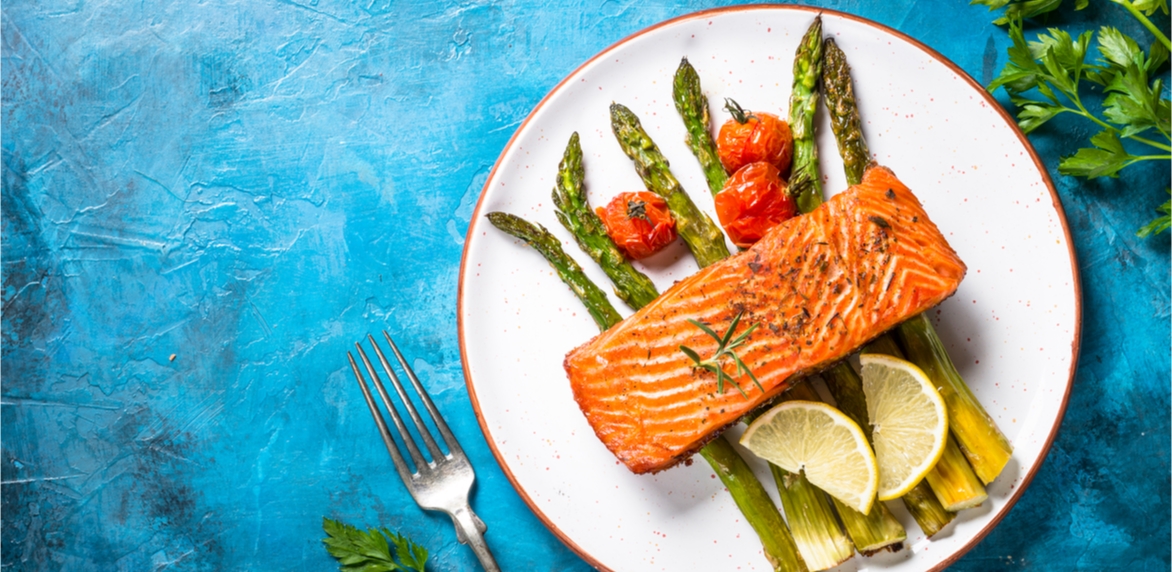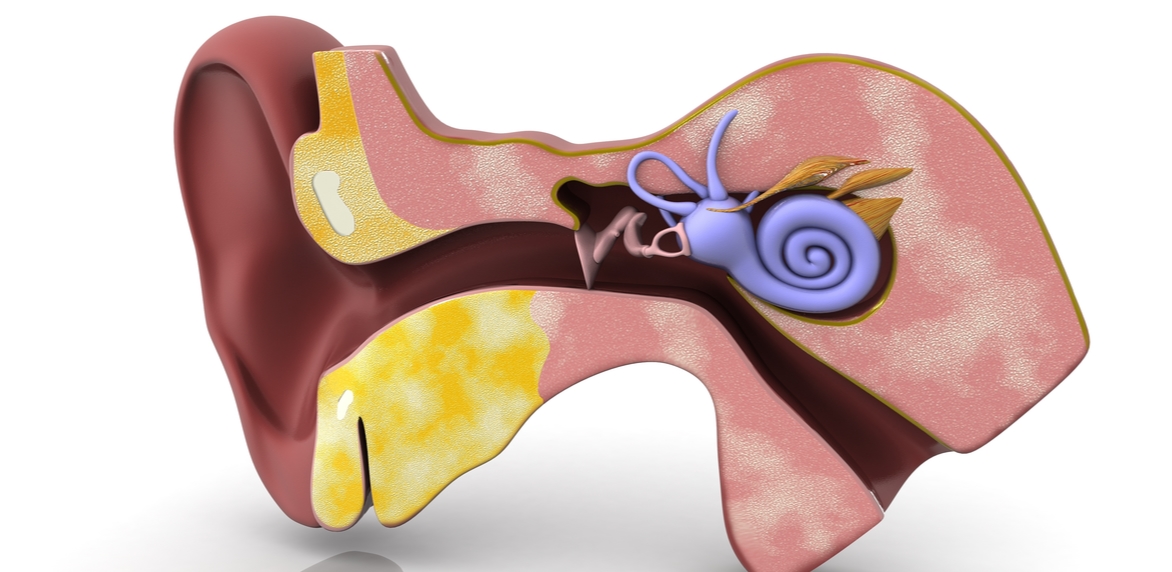Previously we’ve explained how we actually have two ages…
Chronological age, which refers the exact number of years that you have been alive, versus biological age that allows you to see a true reflection of how your cells are actually ageing; and how they have been affected by your diet, exercise, lifestyle and environment.
We’ve also looked at James’ epigenetic results highlighting his biological age, memory age and eye age and how they compared to his actual age.
We then discussed how James’ lifestyle over the years may have affected each area, both individually and collectively.
We also have two further areas to explore.

Firstly, James’ hearing age, followed by his inflammation levels, which can be affected by various areas such as exercise, diet, stress and environment – to name but a few.
Hearing loss and ageing of the ear is unfortunately a natural process, which can also be accelerated by a variety of environmental factors from prescription drugs to over exposure to noise, as well as having a certain genetic component.
Presbycusis is a complex condition and the most common type of hearing loss in adults worldwide and is the natural ageing of the auditory system.
James’ hearing has always been fairly good despite having worked in a lot of bars and clubs in his younger years.
So he was delighted to see that his hearing age was 2.4 years younger than his actual age!
Below are a few recommendations that have been shown to improve your hearing health.
Folate (vitamin B9) is a natural nutrient found in food, (hence why its name sounds like foliage and the Latin form of folium, meaning “leaf”) and is used for methylation, which is the mechanism that is used by our cells to regulate gene expression and function.
It’s also responsible for generating new cells and the synthesis of brain neurotransmitters, dopamine, norepinephrine and serotonin.
Studies indicate that individuals with low folate levels have an increased risk of developing presbycusis.

Luckily, James has always eaten his greens, with both asparagus and broccoli being a stable part of his diet each week.
As previously mentioned, James has also never boiled his vegetables as doing so diminishes the nutrient content dramatically.
Astaxanthin has been mentioned previously in relation to eye age, as it is an extremely potent antioxidant that occurs naturally and provides a reddish pigment to a group of chemicals called carotenoids.
Studies indicate that they offer a whole array of benefits from improvements to cancer, brain ageing and cardiovascular health.
The highest natural sources of astaxanthin will predominantly be found in fish, shellfish and algae with the highest concentrations in green algae, which has 1000s of times more astaxanthin than salmonoids.
With regards to hearing, astaxanthin has also shown some boosting qualities due to the fact that it increases a protein called neurotrophin- 3 (NT3) which helps connect the hair cells in your inner ear and nerve cells within your brain.
As much as James doesn’t eat a tremendous amount of fish these days, he did, however, use to eat salmon 3 to 5 times per week for a good number of years.
It would be extremely interesting if he reintroduced either salmon, or perhaps green algae into his diet, and then we monitored to see if it had an effect on his hearing age.

Potassium is an essential nutrient that constitutes 5% of the mineral content of the body and found in varying amounts in a variety of foods.
It has a whole host of important roles from maintaining healthy blood pressure, improved kidney function and stabilising fluid and electrolytes.
Stabilising fluid levels can be extremely important for your hearing because it is required in the inner ear. As we age our hydration seems to be affected and this could contribute towards presbycusis and natural ageing of the auditory system.

Adult humans contain 20 to 28 grams of total body magnesium, with approximately 60% in the bone, 26% in skeletal muscle and the rest distributed to the organs and body fluids.
Magnesium is required for the production and transfer of energy for protein synthesis, so this is one of the reasons you should be eating your greens, as without them you will be impairing muscle and tissue regeneration.
Magnesium and calcium have antagonistic roles in normal muscle contraction – magnesium acting as the muscle relaxer, with calcium used as the stimulator.
With regards to hearing health, magnesium has been shown to have protective qualities against noise induced hearing loss and keeping the blood vessels healthy in the inner ear.

When James received his results, he was actually pleasantly surprised as he would have thought of all the areas covered in our analysis that his hearing would have been the worst.
The reason being is that he spent a good 10 years working in various bars and clubs in his 20s without wearing any sort of ear/hearing protection.
We all have a genetic predisposition for noise induced hearing loss, which for many years was thought to be irreversible.
But new stem cell research is indicating that we may in fact be able to use stem cells to transform into hair cells and thus reverse noise induced hearing loss.
We’re looking forward to seeing how James’ biological age and other results will be affected between his first and second set of results.

The last area that we will be going through is inflammation, and why in many instances it isn’t always a bad thing. We’ll take a look at how it’s fundamentally important to a healthy immune system.